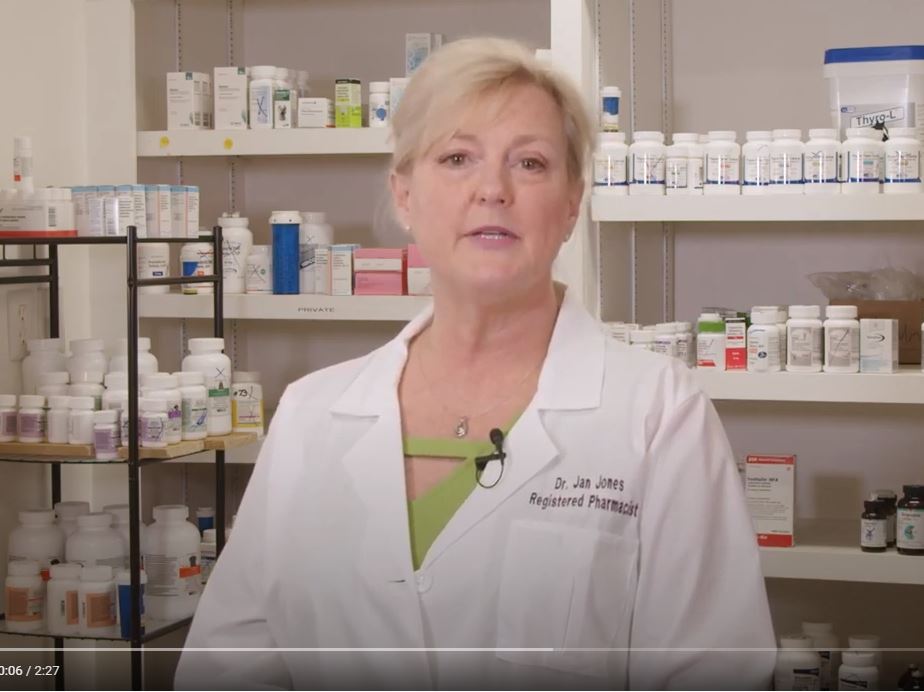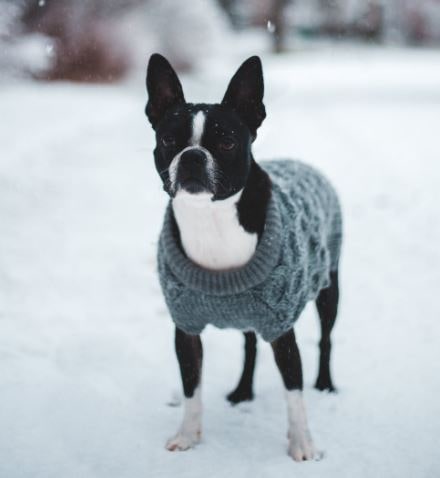When Cats Hurt
“Not too long ago I trimmed the trees back from one corner of my home. I trimmed one tree, in particular, that was more than a tree it was a ladder our 14-year-old cat, Boo, to climb up on our roof. I trimmed it so that our cat could no longer get up on our roof after an incident where he was unable to get down. Since then we have not seen Boo on the roof.
To my wife’s and my surprise upon returning home after a morning walk we saw Boo on the roof attempting to jump to the trimmed back tree. We were too far away to help. Not being very limber he missed his mark and fell to the ground. He quickly walked away from the mishap but with his age, we knew he would be hurting. We regularly give Boo Feline RJ Plus Transdermal Cream but decided to double the dose for the next couple of days. Boo never showed signs of discomfort so I know that this wonderful transdermal cream worked and I didn’t have to fight Boo every day trying to administer a pill to him. “
Cats can be difficult to treat for pain for several reasons. One, Cats being cats, when they hurt because of illness or injuries, their instincts cause them to mask their pain. This natural behavior creates a problem when the animal has a serious condition that should receive veterinary attention but instead goes unchecked. Two, it’s just hard to give cats pills or liquids in spite of pill poppers and syringes.
Unmasking Hidden Feline Pain
It is important that cat owners be vigilant in watching for signs that their cat is experiencing discomfort since cats hide it well and often become ill-tempered when they experience pain.
Signs that indicate a cat is in pain may include:
- Behavioral changes
- Increased vocalization
- Acting agitated by biting or slapping
- Withdrawal from play activities
- Excessive sleeping
- Loss of interest in being handled, cuddled, picked up
- Aggression when handled
- Acting depressed, hiding, or disappearing for long lengths of time
- Changes in grooming habits
- Decreased grooming, hair mats
- Increased grooming in a specific area, pulling out hair
- Subtle changes in personality
- Physical changes
- Loss of appetite
- Weight loss
- Shallow breathing
- Trembling
- Increase in blood pressure
- Increased heart rate
- Limb stiffness or limping
Reasons Why Cats May Experience Pain:
Hiding their pain also makes it difficult for your veterinarian to diagnose the cause of the cat’s discomfort. A cat can encounter many causes of pain, for example:
- Trauma
- Injury
- Poison
- Recovering from medical treatment or surgery
- Dental infections
- Degenerative disease
- Urinary tract diseases
- Ear infections
- Systemic infections
- Cancer
- Age
- Arthritis
What you can do to treat and manage Pain in Cats:
Determining the cause to alleviate the pain is imperative to help your cat feel better. However, in cats, pain management does not always have a straightforward approach. While there are many ways for a veterinarian to medically manage animal pain, unfortunately, there are fewer options for cats than there are for dogs.
Pain relief medications that can be used on cats include:
- Nonsteroidal Anti-Inflammatory Drugs (NSAIDs)
- Used to treat mild to moderate pain
- Provide analgesic, anti-inflammatory, antipyretic help
- However, caution must be shown when used with cats
- Recommended only for short-term use
- NSAIDs can cause liver, kidney, stomach, intestinal problems
- For example, acetaminophen is toxic to cats and can be fatal
- Opioids
- Used to treat cats with severe pain, for example:
- Following surgery
- Advanced cancer
- Severe arthritis
- Certain opioids are considered to have few side effects than others
- Felt to offer quality of life for cats with severe chronic pain
- Corticosteroids
- Used to treat cats with anti-inflammatory needs, for example:
- Arthritis pain
- Allergic discomfort
- Caution must be shown when used with cats
- Potential long-term side effects
Alternative Therapies for Managing Pain in Cats
Two types of alternatives methods for managing feline pain include:
- Acupuncture
- Considered a natural, non-invasive therapy that acts as an aid to stimulate the body to repair itself.
- Therapy typically requires a series of treatments and should not be considered to be a quick fix.
- The outcome usually recommends a series of treatments before an animal can return to its original pain-free state.
- Has been proven to help animals with conditions such as:
- Traumatic nerve injuries
- Arthritis
- Seizures and epilepsy
- Immune function
- Systemic inflammatory conditions
- Degenerative joint disease
- Cancer, to provide pain relief and aid fatigue
- Cancer, to alleviate gastrointestinal issues such as vomiting, nausea, inappetence
- Transdermal Cream
Feline RJ Plus Transdermal treatment is an anti-inflammatory & pain reliever for cats that you simply massage on the inside of one ear of your cat. There are no known side effects or contraindications. It is safe and non-toxic and easy to use with no gloves required.
- Prolotherapy
- Type of holistic rehabilitative therapy also referred to as non-surgical ligament reconstruction
- Therapy has been used in human rehabilitative medicine with minimal side effects.
- Involves a series of injections that are a mixture of medicines that work to:
- Relieve pain
- Reconstruct and regenerate ligaments and tendons
- Speed healing
- Injections are inserted into the area where ligament or tendon attaches to the bone, increasing the blood supply which stimulates the repair of the tissues and provides pain relief.
- Therapy has been shown to reduce pain in animals diagnosed with medical issues such as:
- Ligament, tendon, and/or cartilage damage
- Joint degeneration
- Arthritis
- Degenerated or herniated spinal discs
Cats are often beloved for their strong independent natures combined with their loving and sweet personalities. Although it can be hard to determine when and why our cats experience pain with some understanding of feline pain you will have the knowledge to help you make those assessments correctly. Making your cat comfortable by using tried-and-true medicines or newer medical therapies offer methods for you to manage your cat’s pain and keep them comfortable.
To your Pet’s good health,
Dr. Barry
Sources:
http://www.aahc.us/holistic-medicine/prolotherapy.html
http://c.ymcdn.com/sites/www.aava.org/resource/resmgr/AAVA_Acupuncture_brochure.pdf
http://healthypets.mercola.com/sites/healthypets/archive/2012/02/03/how-to-know-if-your-cat-is-in-pain-and-what-to-do-about-it.aspx
http://www.vcahospitals.com/main/pet-health-information/article/animal-health/pain-management-for-cats/6584http://www.wsava.org/sites/default/files/Guidelines%20for%20the%20Long%20Term%20Use%20of%20NSAIDS%20in%20Cats_0.pdf







